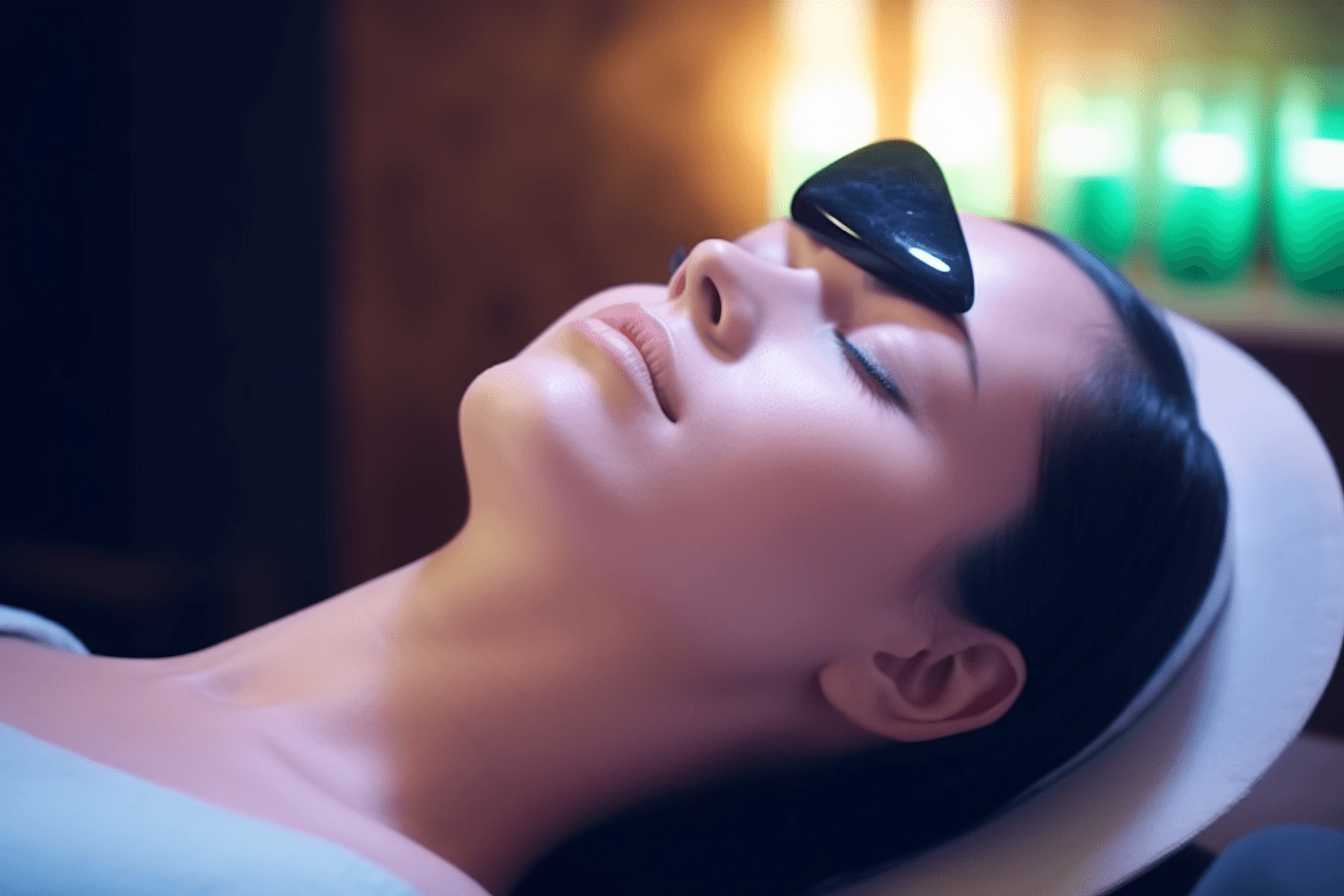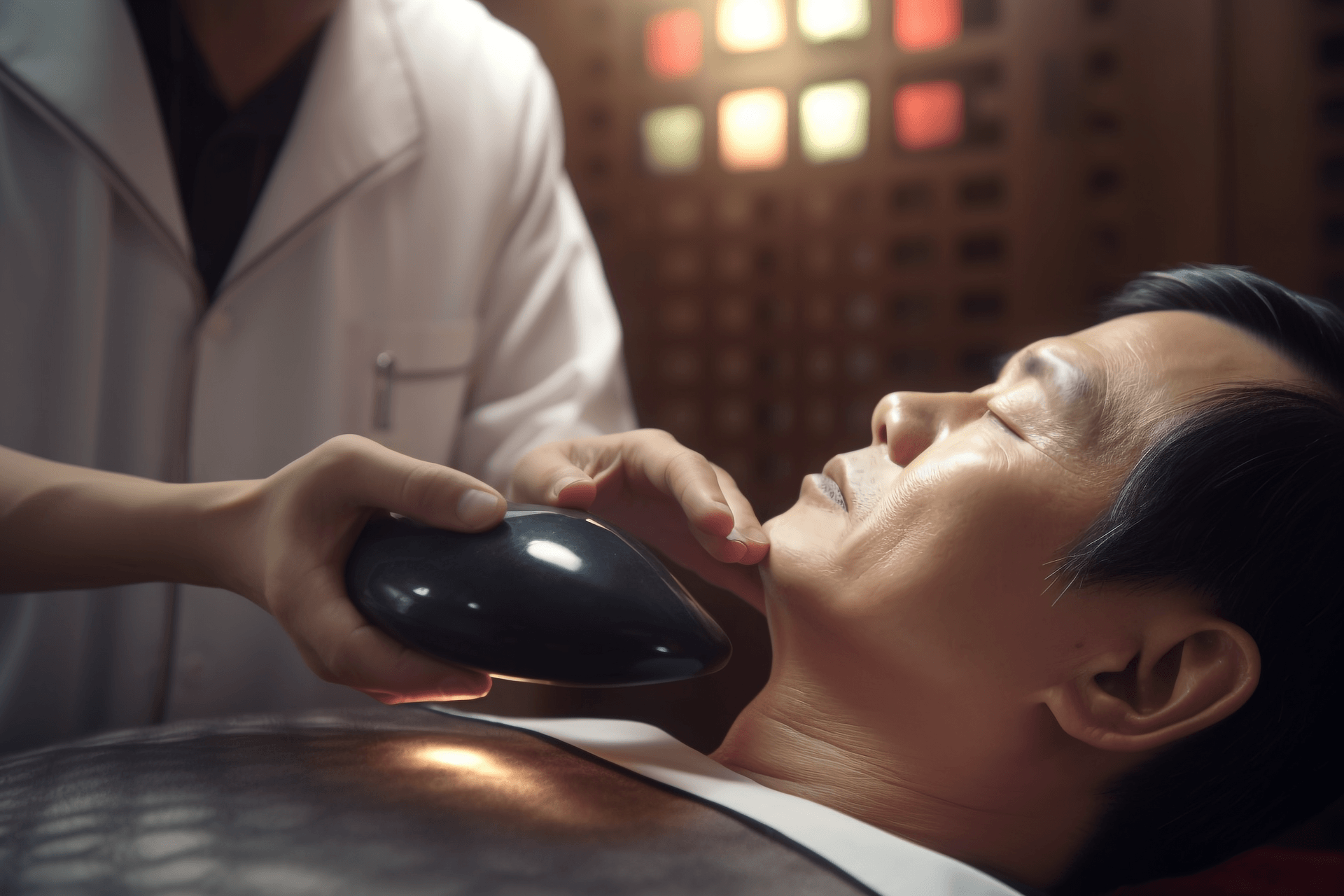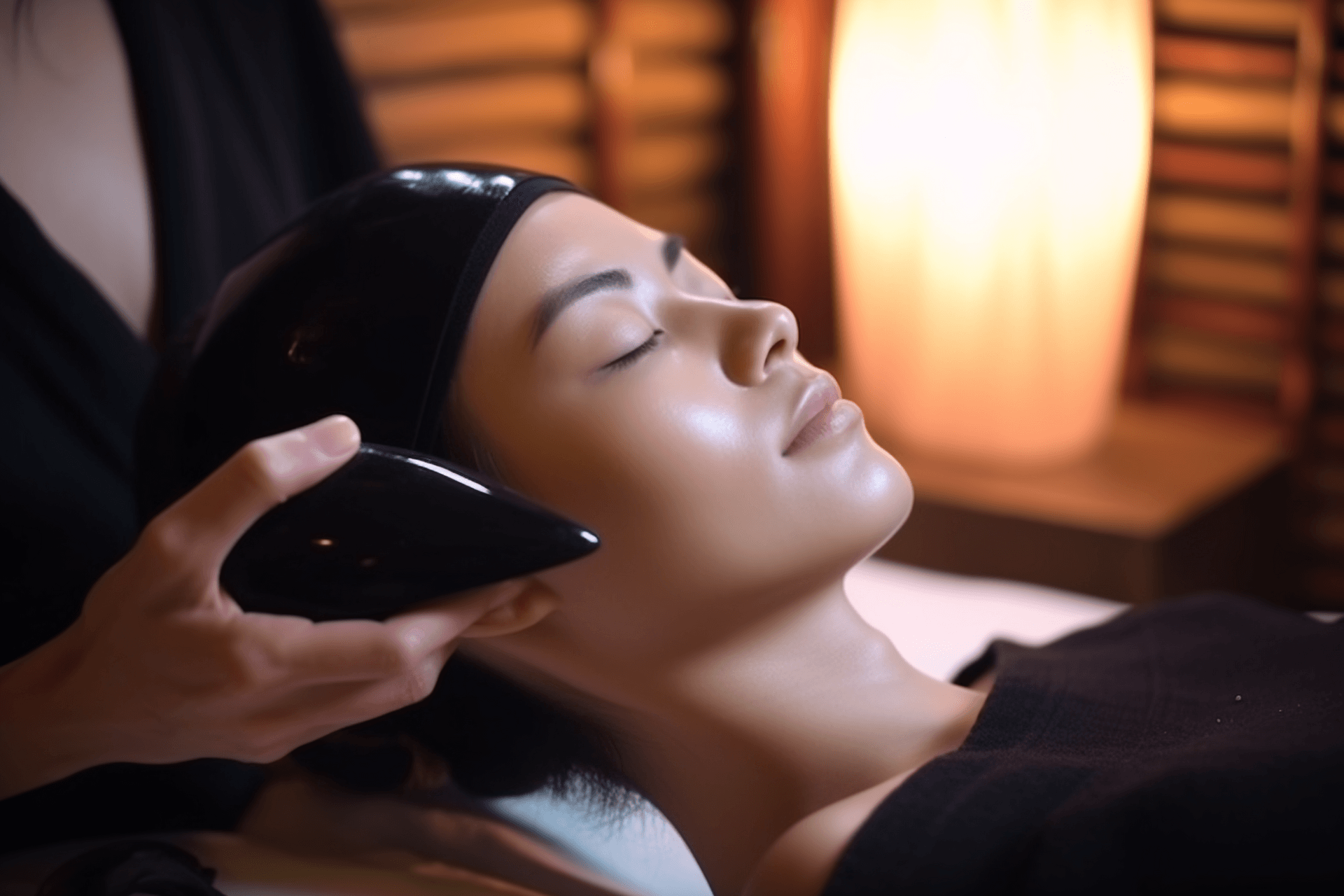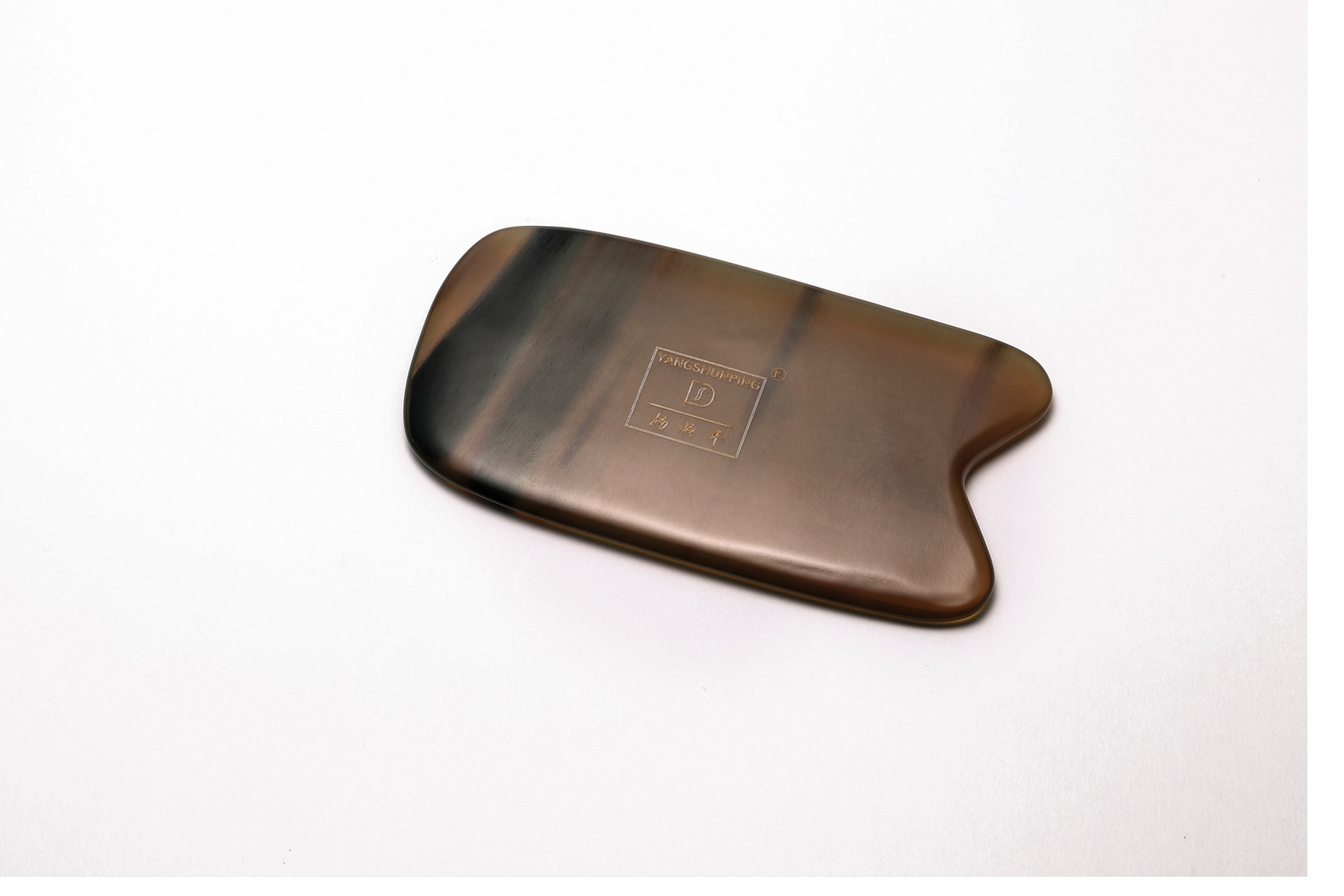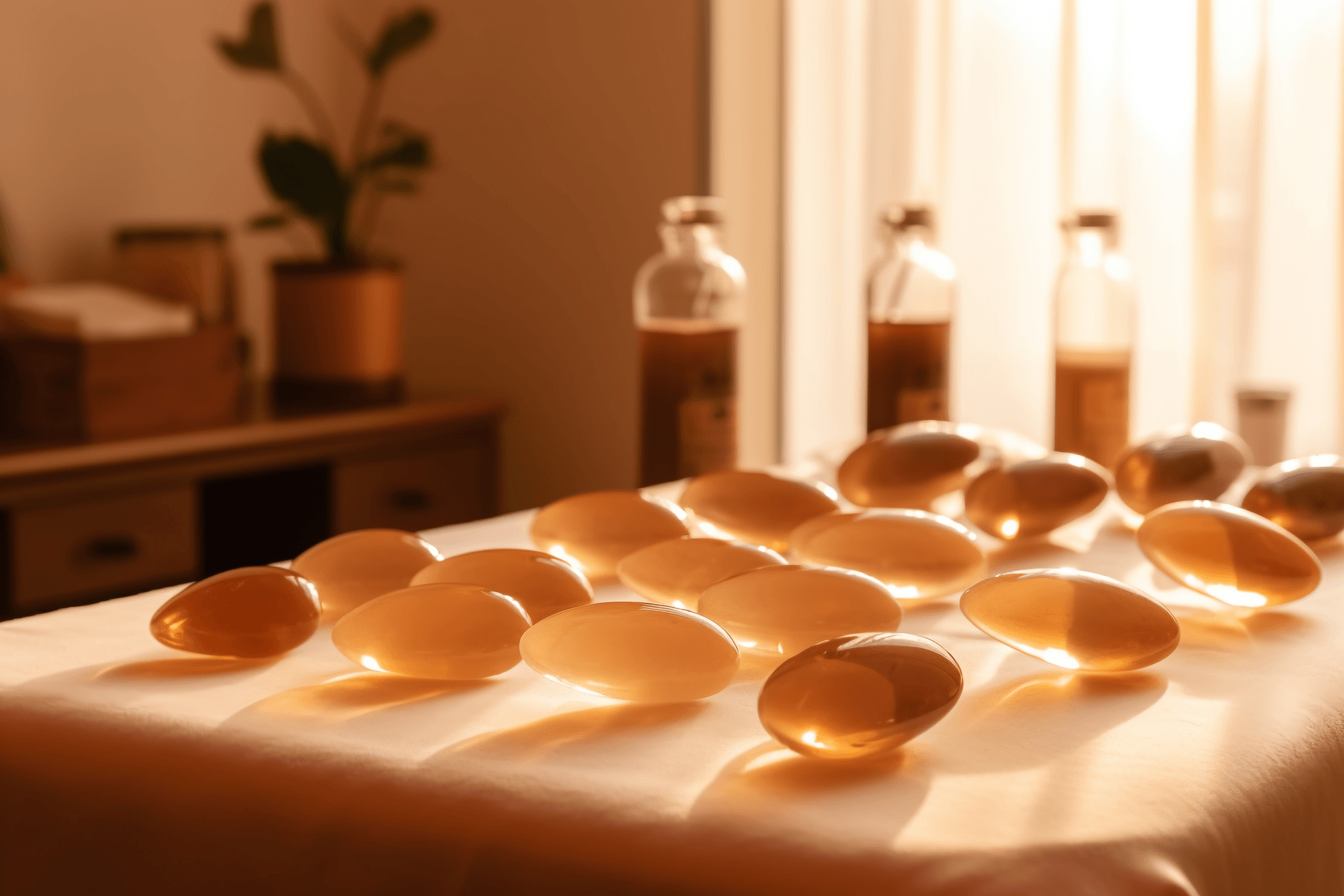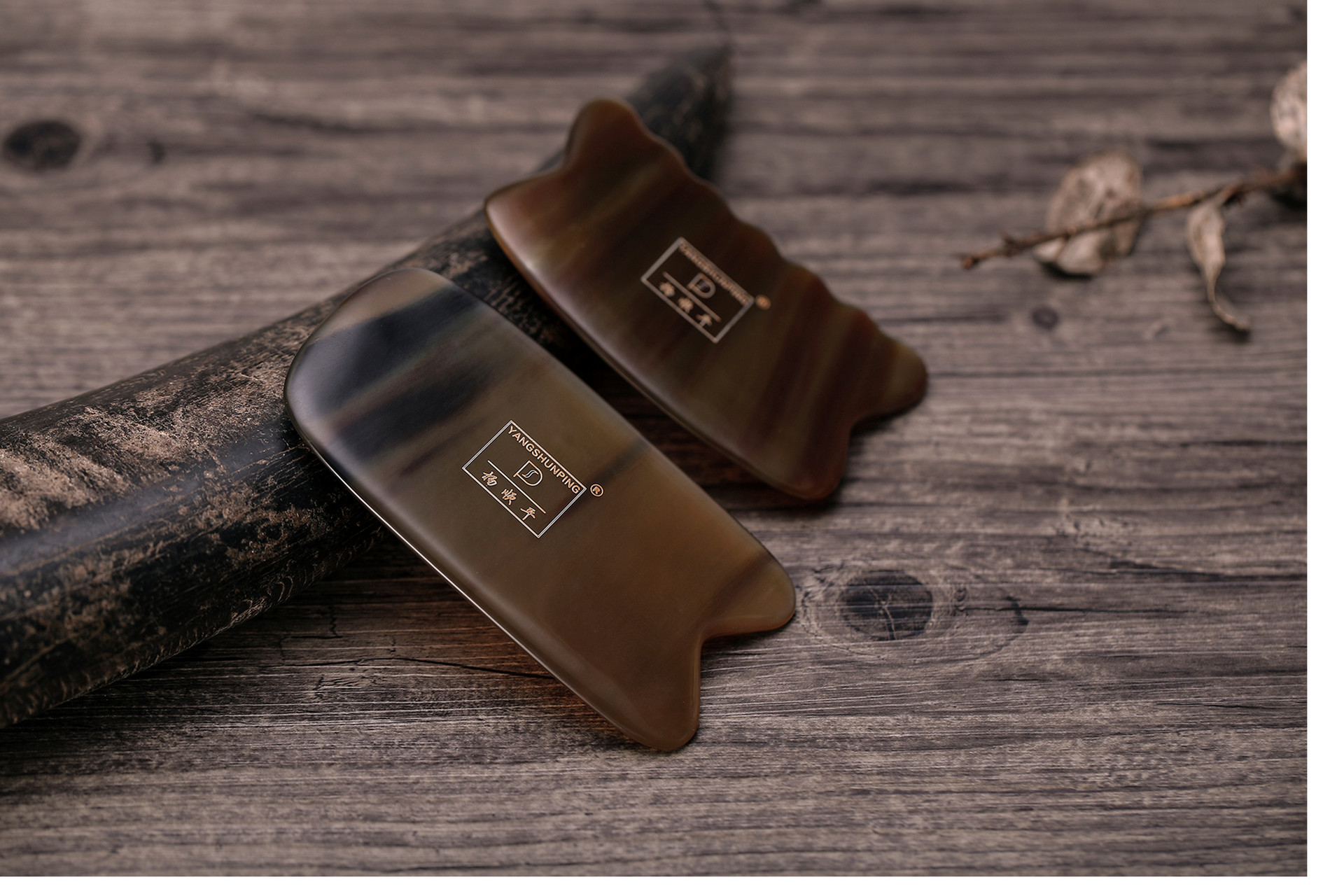Nowadays, traditional Chinese medicine (TCM) health preservation has become increasingly popular. Many people have regained their health through TCM health preservation. Scraping therapy, also known as Gua Sha, is one of the methods in TCM. So, what are the benefits of Gua Sha? Let's hear from our expert, Zhang Tong, and learn more about it!
Benefits of Gua Sha
Gua Sha is a method in TCM that has a good therapeutic effect in relieving fatigue.
Gua Sha can promote blood circulation and have various health benefits. Different locations have different effects.
Gua Sha on the neck and shoulders - Promotes blood circulation and relaxes muscles
Neck and shoulder pain is often caused by stagnant qi and blood in the neck and shoulder area. Gua Sha can relax the muscles, promote blood circulation, and alleviate discomfort in the neck and shoulders.
If you feel pain in your neck and shoulders, you can use Gua Sha to relieve it.
When scraping the neck and shoulders, start from the Fengfu acupoint at the center of the back of the head, then scrape the acupoints in the center of the neck, and finally scrape the acupoints on both sides. Each side can be scraped 15-20 times.
Gua Sha on the head - Refreshes and clears the mind
When the meridians on the head are unobstructed, it can make a person energetic and have normal cerebral blood vessels and brain nerve function.
When performing Gua Sha on the head, you can use the Baihui acupoint in the center of the top of the head as the center and scrape towards the surrounding areas. Stop scraping when there is a warm sensation on the scalp. If you feel pain in a certain area while scraping, you can scrape that area repeatedly until the pain disappears or reduces.
Gua Sha on the ribs - Soothes the liver and relieves depression
Gua Sha on the ribs can help regulate one's qi and help the liver regain its health.
If the liver's function of dispersing qi is normal, the qi flows smoothly, and the harmony of qi and blood will lead to a pleasant and happy mood. On the contrary, if the function of dispersing qi is abnormal and the qi does not flow smoothly, negative emotions such as anxiety, depression, and irritability may occur.
Techniques of Gua Sha
1. The patient should be in a comfortable position, exposing the area to be treated, and the area should be washed with warm water.
2. Use a smooth-edged spoon (or tablespoon, coin, etc.) dipped in sesame oil (vegetable oil, peanut oil, soybean oil, or water can also be used), and repeatedly scrape the desired area in one direction.
3. The scraping should generally be done from top to bottom, or from the center of the body towards both sides, or always from the inside to the outside. Do not scrape back and forth. Each area should be scraped about 20 times, and stop when the skin shows deep red marks.
4. The usual scraping areas are on the patient's back or both sides of the neck. Depending on the condition, scraping can also be done on both sides of the neck in front of the Adam's apple, on the chest, both sides of the spine, both sides of the elbows, or the inside of the knees. Suitable scraping areas can be chosen according to the condition.
5. Each area can have 2-4 or 4-8 "blood marks" from scraping. Depending on the area, the "blood marks" can be straight or curved.
6. Using a smaller scraping tool, scraping can be done on acupuncture points. Commonly used acupuncture points include Zusanli, Tianfu, Quchi, and some acupuncture points on the back. Scraping on acupuncture points not only has the therapeutic effect of Gua Sha, but also helps to open the meridians and promote qi and blood circulation.
About the Guest
Zhang Tong
Female, associate chief physician of the Acupuncture and Moxibustion Department. Graduated from Shandong University of Traditional Chinese Medicine with a major in acupuncture in July 1991. Worked at Shandong University of Traditional Chinese Medicine Affiliated Hospital since then. From September 2001 to July 2002, she studied foreign languages for one year at Shandong Health School. From November 2003 to February 2004, she studied at Shandong University Qilu Hospital Neurology Department and Radiology Department. Specialties: 1. Proficient in acupuncture and cupping therapy for simple obesity, obesity caused by various endocrine disorders. 2. Proficient in acupuncture combined therapy for ankylosing spondylitis, femoral head necrosis, menopausal syndrome, menstrual disorders, and facial pigmentation. 3. Proficient in acupuncture combined with ear pressure therapy for myopia, amblyopia, and optic nerve atrophy in teenagers. 4. Proficient in ear acupuncture and pressing bean method for primary hypertension. In addition, she also has certain treatment characteristics for common diseases in acupuncture, such as cervical spondylosis, lumbar pain, shoulder periarthritis, facial paralysis, and headaches.
Disclaimer: The copyright of this article belongs to Qilu TV Station and does not represent the views of this channel or its responsibility for its authenticity. If there are any issues regarding the content, copyright, or other matters, please contact us as soon as possible, and we will delete the content promptly!


